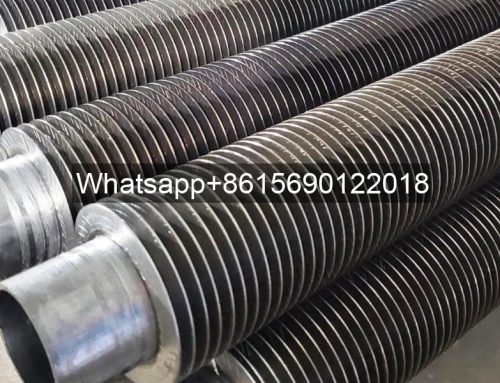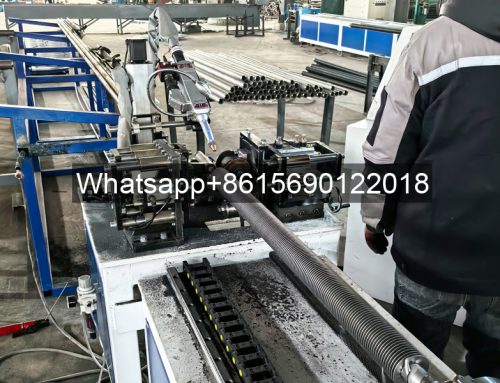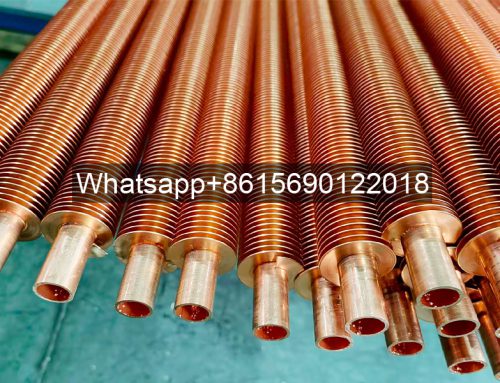What is a Fin Pipe?
A fin pipe is a heat exchange element that increases the heating surface and improves heat transfer efficiency.
A fin pipe (or finned tube) is a heat exchange element that increases heat transfer efficiency by expanding the heating surface. It is primarily used in heat exchange equipment such as waste heat boilers, economizers, and condensers, and is widely used in the steel, power generation, and chemical industries. Its core function is to enhance heat dissipation or absorption by increasing the surface area of the fins, utilizing airflow turbulence to improve heat transfer efficiency and reduce soot accumulation.
Fin pipes come in various types, such as H-type and spiral. Their typical structure consists of fins symmetrically welded to a base tube. H-type finned tubes feature an in-line design, offering excellent wear resistance, low soot accumulation, and a compact structure. They offer a service life of over 10 years.
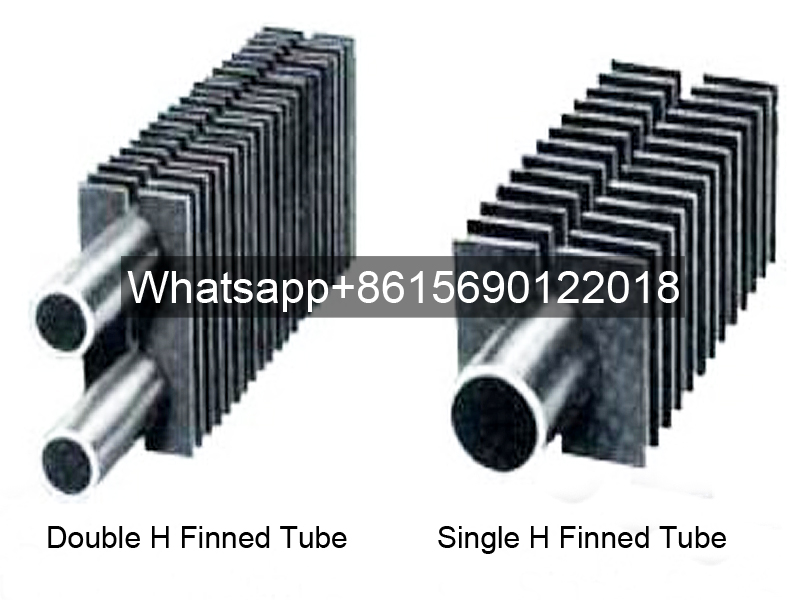
Double H Finned Tube and Single H Fin Tube
The fin pipe manufacturing process includes flash resistance welding and pull-off strength testing. Requirements include a weld width greater than the fin thickness, a weld penetration rate exceeding 99%, a fin pitch tolerance of ±0.2mm, and a heat-affected zone depth of ≤0.5mm. Application cases show that this system can increase waste heat boiler heat exchange efficiency to over 65%, significantly reduce exhaust gas temperature, and save up to 8,680 tons of coal annually for a single project.
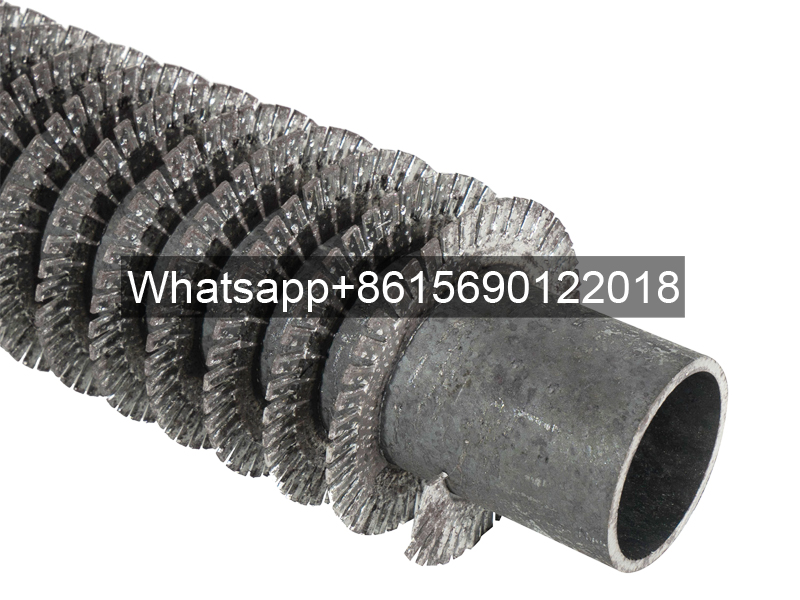
Spiral Serrated Finned Tube Serrated Fins Manufacturer and Suppliers in China
Fin Pipe Production Technical Requirements
Welding Strength and Stability
1. Pull-off Test: Greater than 200 MPa or partial tearing of the steel pipe
2. Weld Width: Greater than the fin thickness, i.e., weld penetration >99%
3. Weld Strength Stability: Welding specimens are collected on the first piece of each shift
4. Weld Bend Test: Bend the fin 20 degrees left and right, twice. The weld must be free of cracks
5. Hammer Test: Strike the upper fin parallel to the steel pipe until the fin falls off. The fin itself must not break.
6. If the test fails, annealing must be initiated.
Fin Pipe Heat-Affected Zone
Measured using a microscope and a microhardness tester. The depth of the heat-affected zone of the steel pipe is less than 0.5 mm.
Fin Pipe Product Dimensional Accuracy
1. Fin Segment Length: -1 mm to +1 mm; Segment Motion Accuracy: -0.5 mm to +0.5 mm
2. Fin Pitch: -0.2 mm to +0.2 mm
3. Perpendicularity between fin and pipe: -1° to +1°
4. Fin flatness within the same set of butt-welded fins: -0.2mm to +0.2mm, excluding height variations due to fin thickness tolerance.
5. Fin height variation within the same set of butt-welded fins: -0.2mm to +0.2mm, excluding height variations due to fin size tolerance.
6. Center-to-center distance tolerance for twin tubes: -0.5mm to +0.5mm.
7. For the same steel tube material, fin pitch, and number of fins, the length change after welding of different fin tubes is consistent.
Fin Pipe Welding Speed
Base pipe outer diameter 25-51mm, fin thickness 2mm. Welding time per pair is less than 3 seconds (excluding loading and unloading and annealing time).


